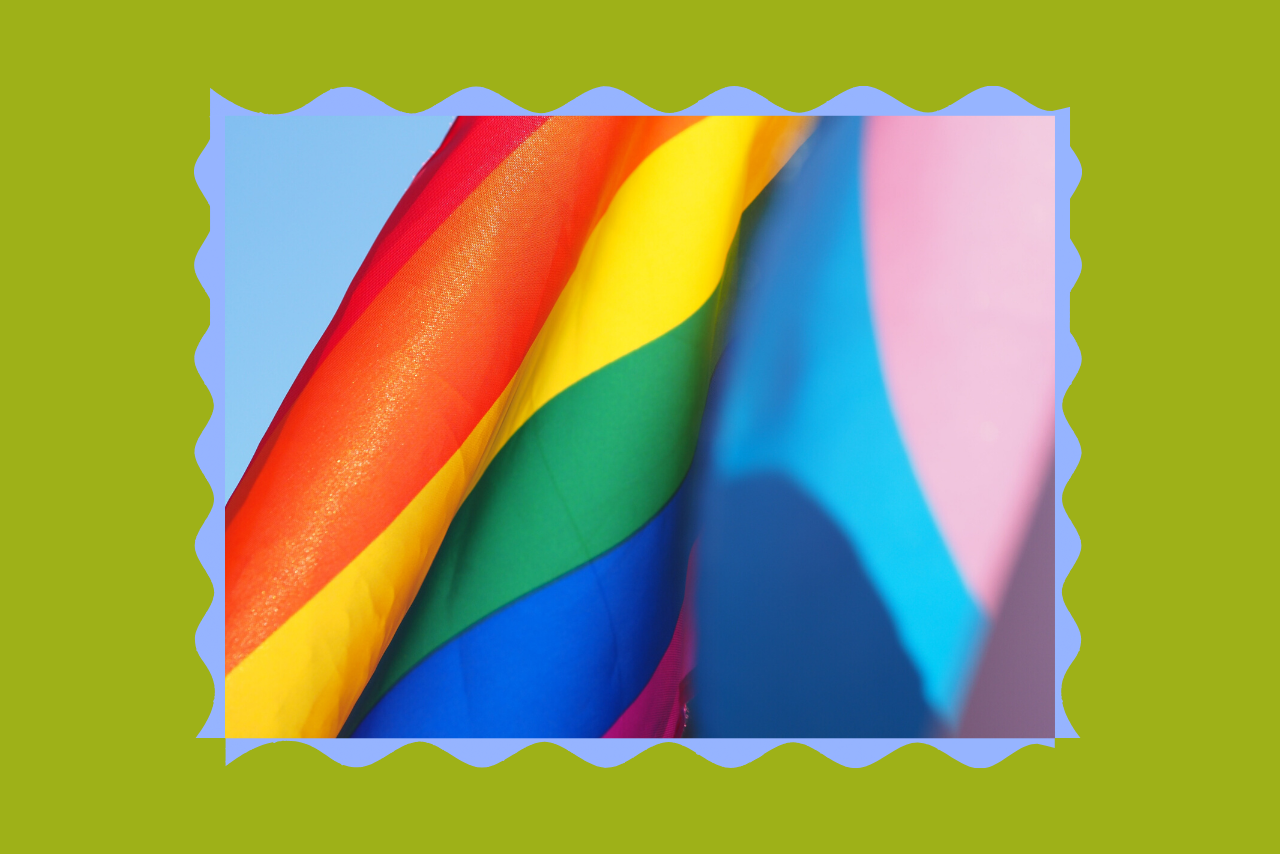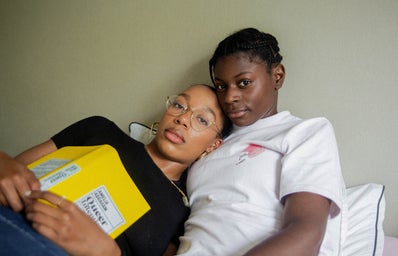all about skam
SKAM is a teen drama series originating in Norway. It explores the growing pains and overbearing feelings of shame that consume our adolescent years. In fact, the word “skam” translates to “shame” in English. It follows a diverse and eccentric cast of characters as they prepare for the traditional Norwegian high school celebration known as “russefeiring.”
SKAM has been re-created into seven different international versions that include similar plot points to the Norwegian version, but adapt to the high school traditions of various countries. International remakes include SKAM France, SKAM Italia, Druck (SKAM Germany), and SKAM Austin (American version). However, I will be focusing on characters from the original Norwegian version.

skam’‘s portrayal of queer characters
Queer representation in the media has come a long way in recent years. Especially with the rise of popular Netflix shows such as Heartstopper and Sex Education. Nevertheless, SKAM’s representation of the queer experience is three-dimensional, complex, and a breath of fresh air.
For those of you who have not watched SKAM, I will try my best not to spoil, and for those of you who have—if you know, you know.
The queer characters in SKAM are not walking stereotypes. In other words, the queer characters are not presented as the typical archetypes of the flamboyant gay man who is an accessory to his girl best friend or the masculine lesbian woman. Rather, the queer characters in SKAM are three-dimensional people with diverse interests and goals. Queer characters are not framed as caricatures whilst their arcs explore what it means to be queer and the many complexities of queer identity.
However, while the beloved season two character, Eskild, may act as your stereotypical gay man, he does not read as a simple caricature. Rather, Eskild makes a point to acknowledge that his “stereotypical” behavior is a testament to those who had to fight to live as queer people. In season three, episode five, he firmly states that “those who have worn tights and mascara went out and fought for the right to be who they are.” He explains the importance of embracing one’s queer identity rather than disregarding it because of the stereotypes associated with being queer. It’s a speech that may resonate with viewers who are coming to terms with their sexuality.
In season three, there is a close depiction of the trials and tribulations of internalized homophobia. We often see popular queer media (such as Love, Simon) primarily addressing the external part of coming out. Though coming out is a unique experience for everyone, there is no doubt that it can involve significant ramifications that impact one’s self-perception in addition to the weight of coming out to friends and family.
Season three of SKAM raises the question of whether one is supposed to assimilate into “popular gay culture” once they discover that they are queer. Additionally, the fetishization of gay relationships is addressed. This fetishization only deepens a character’s struggle with internalized homophobia. This character’s journey to self-acceptance can only be described as nuanced, wholesome, and hilarious.
SKAM’s exploration of queer identities is refreshing, interesting, and worth a watch or re-watch.



